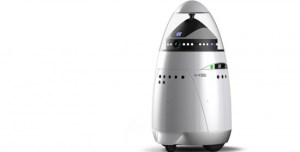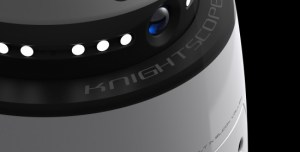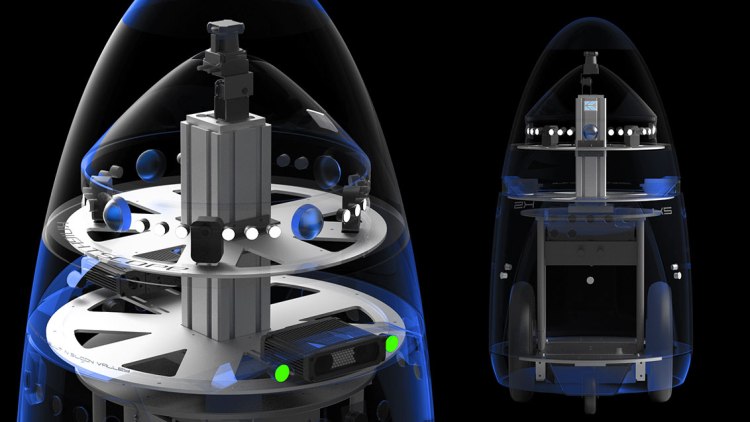Tomorrow a Silicon Valley startup named Knightscope will unveil the K5, a 5-foot tall, 300-pound robot that just might take away the traditional security guard job in America.
And, perhaps, prevent the next Sandy Hook or Boston Marathon bombing.
The K5 is an autonomous security robot with 360-degree high-definition vision, laser-based 3D mapping technology so it knows where it is, radiation, chemical, and biological agent detectors, night vision, and thermal imaging capabilities to detect the warm bodies of puny humans like you and me.
It can detect dangerous individuals via facial recognition technology and behavior analysis, and can notify the police automatically when it senses a problem.
“Sandy Hook was part of the motivation behind this … and also the Boston Marathon bombings,” a company spokesman told me today. “Our co-founder, Stacey Stevens, in a former law enforcement officer.”
The battery-powered bot uses radar and lidar (laser-based targeting) to map its environment and identify objects. It will follow pre-programmed routes, tracing its way through a defined security area, but also has some autonomy to deviate based on what is senses. And while it calls up images of Robocop — or at least R2-D2 — it is not at all weaponized.
 Knightscope hasn’t set a price on the security bot yet, but there is some speculation that the company would rent out its services for $6.25 an hour — undercutting human security guards and potentially putting some of them out of work. The representative I talked to, however, said that the machine would be rented for $1,000 for an 8-hour shift — an astonishing $125/hour.
Knightscope hasn’t set a price on the security bot yet, but there is some speculation that the company would rent out its services for $6.25 an hour — undercutting human security guards and potentially putting some of them out of work. The representative I talked to, however, said that the machine would be rented for $1,000 for an 8-hour shift — an astonishing $125/hour.
That’s not the only controversy this bot could generate, of course.
With significant sensing, detection, and recording capability, the K5 raises significant questions of privacy. Knightscope is attempting to head those off at the pass by adopting a “crowdsourced security model” which would make all data collected by the K5 public. That sounds nice — a sort of Panopticon where we’re all prisoners and guards at the same time — but it’s unlikely companies paying for the K5’s service would want their private buildings broadcast all over the internet.
 The K5 will feature face recognition technology, the company told me, right out of the box. That’s unlikely to settle any privacy advocate’s fears, but would allow scanned faces to be uploaded to central processing centers for double-checking.
The K5 will feature face recognition technology, the company told me, right out of the box. That’s unlikely to settle any privacy advocate’s fears, but would allow scanned faces to be uploaded to central processing centers for double-checking.
The K5, which charges itself autonomously to stay in operation 24/7, returns to a charging station in much the same way as a Roomba vacuuming robot charges itself. It also has the capability to be remotely driven, the company says, much like a modern Predator drone that can have a live human operator.
And it will have multiple uses, the representative told me.
“It’s so flexible at this point in terms of its usage … the government could come in and buy it … it really depends on what it would be utilized for,” he said. “This would be really good for the Olympics … or any areas with large crowds.”
VentureBeat's mission is to be a digital town square for technical decision-makers to gain knowledge about transformative enterprise technology and transact. Learn More











